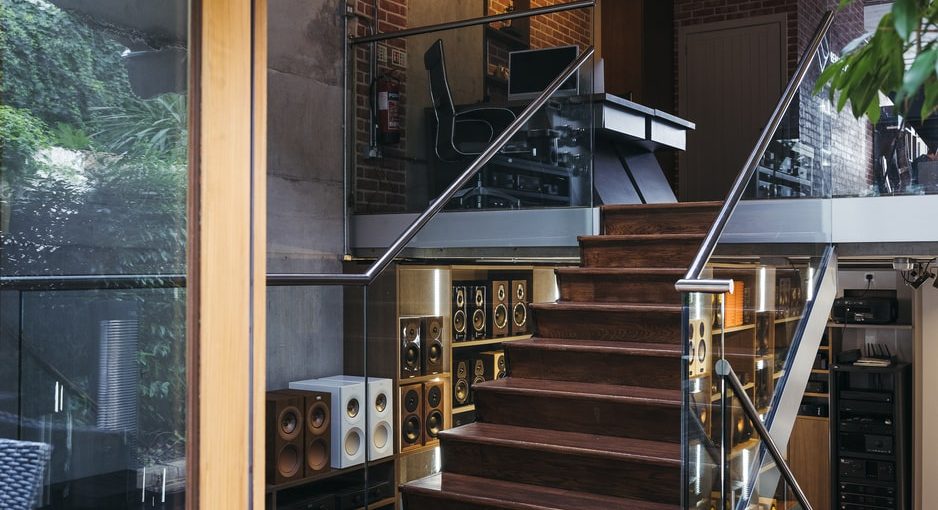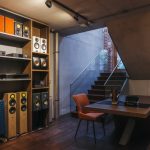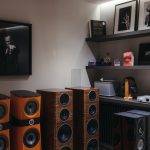With the explosion of streaming platforms, vinyl revivals, and high-res audio formats, the term Hi-Fi (short for “high fidelity”) is tossed around more than ever. But what really defines a Hi-Fi speaker, and how can everyday consumers distinguish genuine quality from marketing noise?
1. What “Hi-Fi” Actually Means
At its core, high fidelity means audio reproduction that’s as close as possible to the original recording — clean, neutral, dynamic, and detailed. A true Hi-Fi speaker doesn’t color the sound; it reveals it.
2. Design and Materials Matter
From the cabinet shape to the material of the tweeters and woofers, every component affects output:
- Tweeters (silk dome vs. metal vs. ribbon) handle high frequencies.
- Woofers (paper, kevlar, or aluminum) cover mids and lows.
- Cabinet design helps reduce unwanted resonance and diffraction.
Hi-Fi speakers use precision-tuned crossovers to seamlessly divide sound frequencies across drivers.
3. Frequency Response and Accuracy
One indicator of Hi-Fi performance is a wide and flat frequency response — ideally from around 40 Hz to 20 kHz without major peaks or dips. But raw numbers don’t tell the full story. A great speaker must also handle transients, dynamic shifts, and subtle nuances with clarity.
4. Room Interaction
Even the best speakers will sound bad in a poor acoustic environment. Room shape, furniture, and wall materials affect reflections and standing waves. Hi-Fi speaker users often invest in acoustic panels, rugs, and careful speaker placement.
5. Passive vs. Active: The New Frontier
While passive speakers still dominate in audiophile circles, active designs — with built-in amplifiers — are rapidly evolving. Brands now produce DSP-optimized active speakers that rival traditional Hi-Fi setups, minimizing distortion and delivering studio-level precision.
6. Hi-Fi Isn’t Just for the Rich
It’s a myth that Hi-Fi equals luxury. Many brands offer entry-level models with true audiophile DNA. The key is choosing components that work together, not just chasing price tags.
7. Listen First, Read Later
Specifications are important, but listening is everything. Visit audio stores. Bring your favorite tracks. Trust your ears. A Hi-Fi speaker will make you feel the difference, not just hear it.
Final Thoughts
Hi-Fi is not a product label — it’s a philosophy. It’s about respect for the source, the artist, and the listener. In a world of compressed audio and convenience-first devices, true Hi-Fi speakers stand as guardians of detail, depth, and emotional impact.






0 Comments
This is exactly what i was looking for, thank you so much for these tutorials
It would be great to try this theme for my businesses
What a nice article. It keeps me reading more and more!